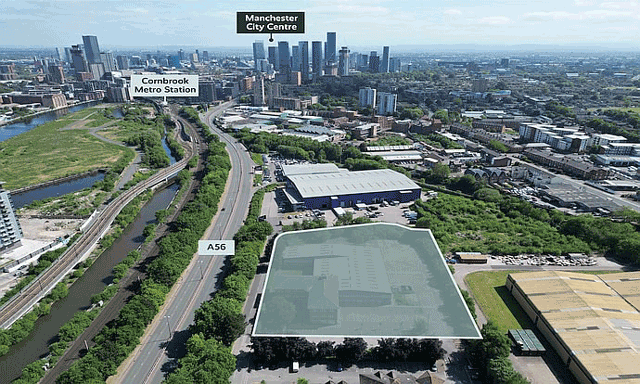Residential Landlords Association director Mark Butterworth has been a landlord in Manchester for more than 30 years. Here, he shares his thoughts on the future of the private rented sector and reflects on the challenges for investors at a time of great change for the market. His advice? Enter cautiously and be prepared to be in it for the long term
Click here to download EG‘s property buyers’ auction guide
As the case for investing in the PRS has changed dramatically, it is perhaps time to look at the fundamentals. The market is distorted by foreign capital flights to our shores, shortage of stock, and a lack of other appealing investments.
With the recent government attacks on the PRS and the very high entry costs, the loss of the wear and tear allowance and mortgage interest tax relief, any investment must be considered in the context of the intended investment period and the position of the investor. A higher-rate taxpayer will probably suffer negative return for years.
Cash purchasers will be much better placed, as will lower-rate taxpayers as the relief will stay at 20%. This is unless the effect on demand is so noticeable that mortgage interest relief has to be returned after two years, as it was after tax relief was withdrawn in Ireland in 1989.
At auction, investors will probably be expecting a shrewd purchase that may be strategic or have some development or improvement potential, and the hammer price will reflect that rather than any initial yield.
An auction buyer has the opportunity – and should take the opportunity – to have a property surveyed or structurally assessed. The legal documents will be available for inspection.
Many investors use their own funds and refinance when they have completed any improvements, or use bank finance (HSBC and Lloyds are active in the high street) or one of the specialist start-ups such as Paragon, Aldermore and others; money is usually available at 3% over base.
There are fixed rates and trackers for terms of two years and upwards. Every case is different. Specialist lenders are numerous and brokers will advise on individual circumstances. The RLA has a very informative site with essential advice, sample rates and loan-to-value guides (www.rlamorgages.co.uk).
It is important to decide what you want before approaching a lender. How much would you like to borrow? Are there refurbishment costs to fund? Over how long a period do you need the loan, and will it be interest-only or amortisation?
Preparing a brief CV with your personal and relevant experience is always useful. If you want to expand or buy more property, a business plan shows confidence and commitment. You should also try to demonstrate how you would cope with interest rate changes, voids or a major defect with the property.
A proper insurance policy with loss of rent would help here, with details also available on the RLA website.
Consider the loan-to-value ratio carefully. Borrowing half or less of the value of the property opens the door to cost-effective interest-only loans. As the loan-to-value gets higher, loan repayments will be required (incurring tax) and interest rates will climb with the loan percentage.
Beware, too, of being pushed into a higher tax bracket as the loss of MIR bites.
Do not underestimate the costs involved – they are much more than they used to be and seriously eat into the rental income. Gas and electrical certificates, empty rates, voids, letting fees, maintenance costs, plus VAT – which cannot be reclaimed. Energy performance certificates are also needed, with F and G properties becoming illegal to let in 2018.
In all, there are more than 100 acts and 400 individual regulations to contend with, one of which is tenancy deposits – specially designed to trip you up. An effective inventory is required, the deposit must be protected by bonding it over or paying an insurance premium and any damage or deduction must be carefully costed, and justified by evidence and photographs.
Some changes will be felt from Brexit. Hopefully the threat of more regulation of buy-to-let mortgages will recede now, and with a weaker pound, that French holiday let looks more expensive than a property nearer to home.
The threat of more regulation cannot be discounted, however. Landlords are an easy target for much misplaced criticism and it is widely assumed that the returns are great. However, in many areas rents are only now regaining the level of 2006 and some areas are still in negative equity.
Some politicians call for rent control, thinking it will gain them many votes, and ignore all the evidence of the enormous damage that rent control brings to a sector: investment stops and maintenance declines in a vicious spiral as times goes on.
The PRS has expanded enormously, from around 1.7m homes in 1988 to around 4.2m now.
The sector is very efficient, accepts much lower return on capital than expected, pays a large amount of tax and provides a visible form of investment that many feel comfortable with – and if values change, at least you can still see your bricks and mortar.
Values will continue to be underpinned by shortage and the cyclical nature of property investment, which ensures regular busts. Don’t get over-extended, get your timing right and be patient.











